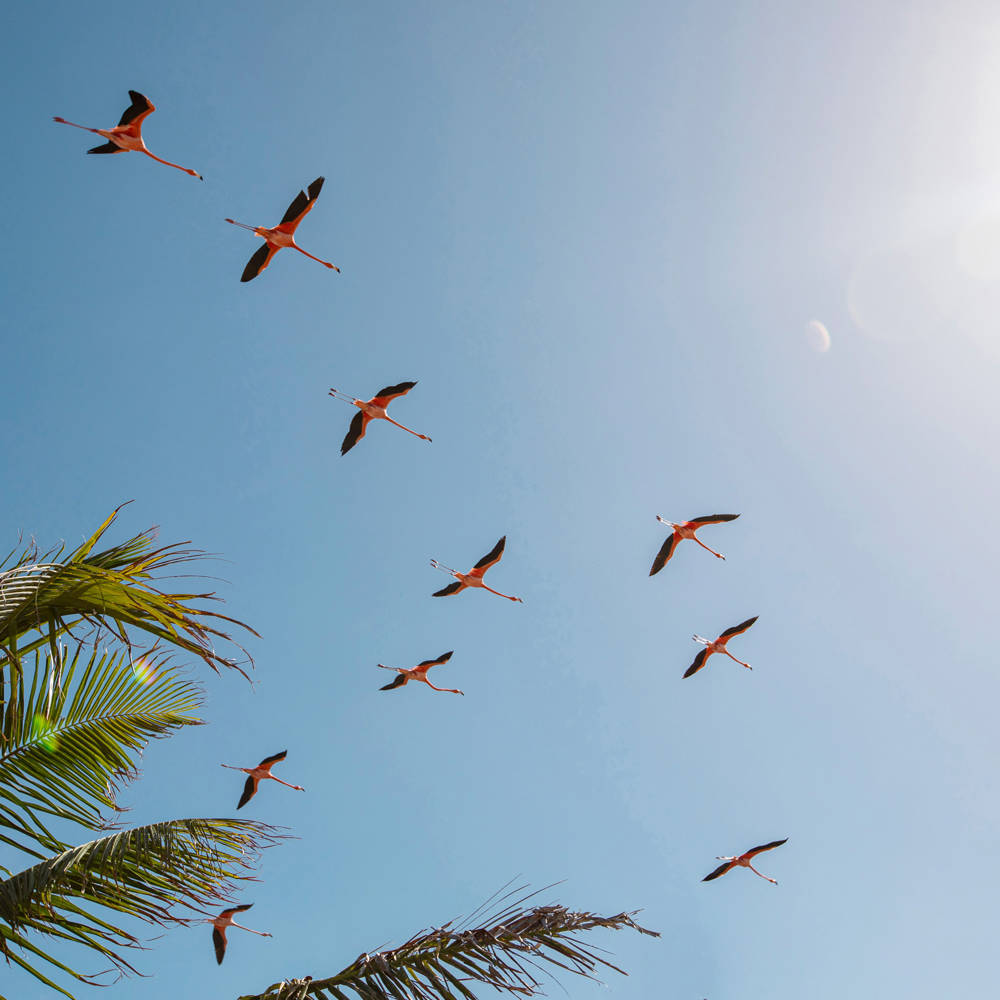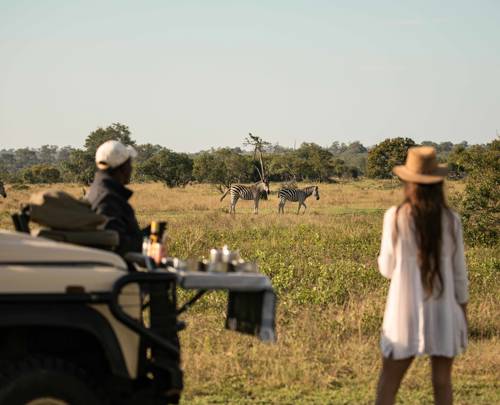Inspiration
Limited Edition stories
We deal in wanderlust. We like to get swept up: in aquatic adventures; in trails, treks and tours; in flavours and sunsets.
If you’re undecided where to pack up and head off to, immerse yourself in the pages of our travel notebook, catching up with the latest news, hearing from the people on the ground and collecting postcards.
Wish you were here?
Our Ultimate Mallorca Destination Guide
Mallorca offers something for every traveller. Whether you are looking for relaxation, exploration, or adrenaline-fueled activities, this island promises an unforgettable experience
The Seasons of the British Virgin Islands: Best Time to Visit
The British Virgin Islands are a tropical paradise known for stunning beaches, clear waters and vibrant marine life. Unlike temperate regions, the BVI’s do not experience the traditional four seasons of spring, summer, autumn and winter, and instead the islands have two primary seasons.
Finding Wellness in the Heart of the Atlas Mountains: Retreat to Kasbah Tamadot
Whether you're practising sunrise yoga with panoramic mountain views, indulging in nourishing local cuisine, or unwinding in a traditional Moroccan hammam, every moment at Kasbah Tamadot invites you to reconnect with nature, culture, and yourself.
Everything you need to know about the Franschhoek Wine Tram
The Wine Tram routes and this is a hop-on, hop-off service offering picturesque vineyards, beautiful scenery, fine wines, and world-class cuisine as you travel. Here, guests will have the chance to visit some of South Africa’s oldest and most distinguished wine estates, travelling on an open-air tram.
Your First Africa Safari Holiday – What to Expect
Before you head out on a once-in-a-lifetime trip, it's essential to know what to expect on a safari. Here we'll guide you through the top questions we get asked, to ensure your safari is not only safe but truly unforgettable. So, get ready to discover the wild heart of Africa!
Mont Rochelle: Winemaker Spotlight
Our 1850s winery, once a fruit packing shed, now functions as a traditional wine cellar, processing nearly 150 tons of grapes each season. But the real magic comes from our winemaker, Michael Langenhoven.
Escape to Paradise: Holidaying in the British Virgin Islands in the Summer
The BVI’s are a tropical heaven of sun-soaked beaches, crystal-clear waters, and lush landscapes. And while this Caribbean paradise is a fantastic year-round destination, visiting in the summer offers a more tranquil experience.
Spring Adventures in the Atlas Mountains
Spring in the Atlas Mountains offers a rich blend of adventure and culture, with Kasbah Tamadot providing a luxurious retreat after days filled with exploration.
The Ultimate Guide to a Safari Honeymoon – Luxury & Romance in Africa
If you are dreaming of a honeymoon blending luxury, adventure and breathtaking landscapes, a safari in Africa is the perfect choice.
Tsavo: Kenya's Best-Kept Secret
Nestled in Kenya's southeastern corner lies Tsavo, a lesser-known gem that promises an unforgettable experience for nature enthusiasts, adventurers, and those seeking solace away from the crowds.











